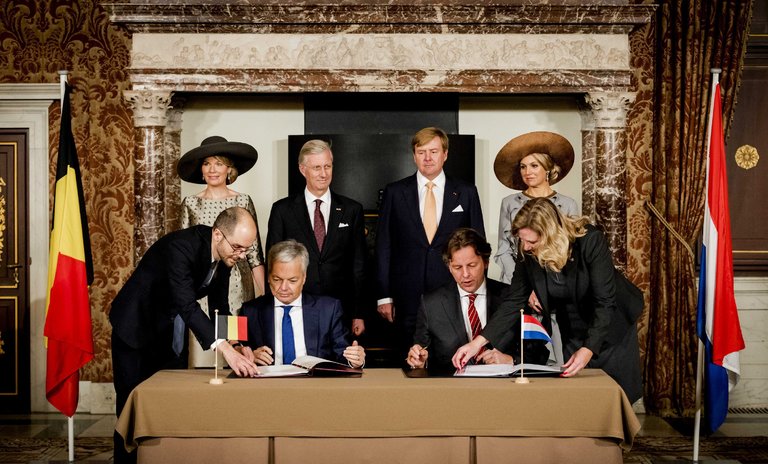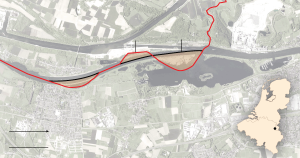- February 7, 2017
- by Alex Song
Education in the US Could Change Drastically
- February 2, 2017
- by Alex Song
The Obamas on a Much Needed Vacation
- January 16, 2017
- by Alex Song
Netflix Stock Stronger Than Ever
Dead Body Results in Netherland and Belgium Land Swap

- Nov 29, 2016
- by Alex Song
Land borders around the world have been established time and time again, usually through war or purchase. But in these times of peace, more or less, countries generally stay the same size. In an interesting and delicate situation, the Netherlands and Belgium traded a bit of land recently. They didn’t fight over it or trade a large sum of money, instead this was triggered by a headless corpse. That’s right, a headless corpse. The case itself happened a few years ago and was solved, but it wasn’t because of foul play that they traded land, it’s more out of convenience.
Several years ago, the headless body of Jean-François Duchesne was found by the Meuse River right on the border of the two countries. Needless to say everyone wanted to get to the bottom of the case. The trouble is, the area was in Dutch jurisdiction but the citizen was Belgian. To make matters more complicated, the area the crime was committed is in a type of no man’s land between the two nations and is known for lawlessness, partying, and prostitution. There are packets of land where the Meuse and Maas river connect that belong to the country on the other side of the river. Confused? The chart will make things a bit more clear.
Why did the two nations even agree to such a strange boarder in the first place? The current border was established with the Treaty of Maastricht from 1843. It was originally made that way for easier water navigation purposes. Today, that land trade leads to headaches for investigators. In order to cross over into Dutch jurisdiction they must acquire special permission and make a difficult journey over the river. That means every single law enforcement officer or crime lab investigator must have special permission just to investigate a crime. “So we had to go there by boat with all that was needed — the prosecutor, the legal doctor, the judicial lab — we had to do round trips over the water,” he said. “It really was not very practical.”
To streamline future issues involving border and jurisdiction issues, the Netherlands and Belgium have agreed to trade roughly 35 acres, about the size of 15 soccer fields, of land to coincide with the river. That means the new border will follow the river; at least for that section of the border. Belgium’s foreign minister, Didier Reynders commented that “borders can be peacefully changed.” He also noted that this reflected the excellent relationship the two nations have.
CATEGORIES
- Breaking News(21)
- Buzz+(54)
- Life+(19)
- Most Read Stories+(13)
- Science+(15)
- Uncategorized(2)
- Video+(3)







Latest Comments